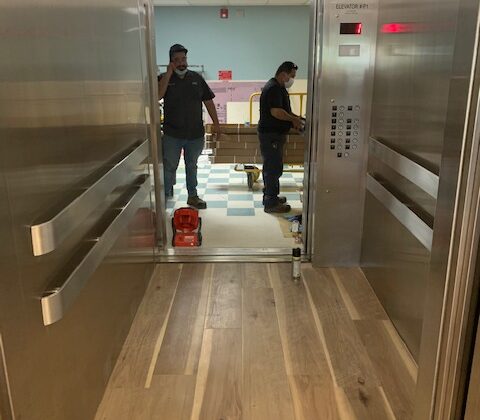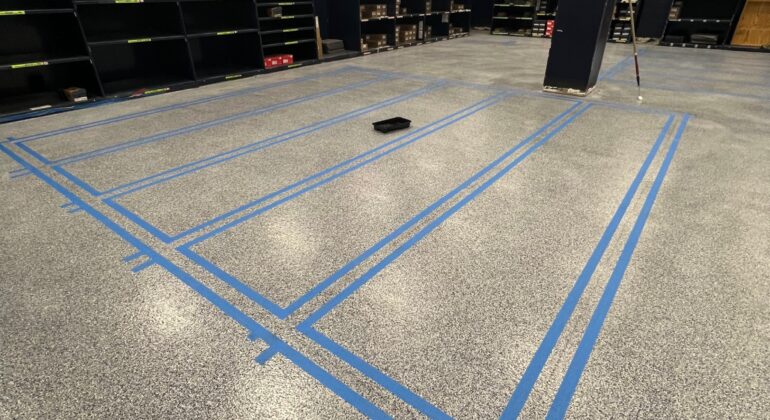Renovation: What Business Owners Should Consider
Renovating a business is an exciting yet daunting prospect for many business owners. On one hand, renovating can breathe new life into your business, making it more appealing to customers and helping to increase revenue. On the other hand, it can be a significant investment of time, money, and resources. Here are some things to consider before renovating your business:
Budget: Renovating a business can be expensive, so it’s essential to have a clear idea of your budget. This will help you to determine the scope of the project and prioritize what is most important.
Timing: Consider the time of year and the impact that the renovation will have on your business. If your business is seasonal, it may be best to schedule the renovation during the off-season to minimize the disruption.
Purpose: Determine the goal of the renovation. Is it to update the look and feel of the business, improve functionality, increase capacity, or all of the above? Knowing the purpose of the renovation will help guide decisions about the design and scope of the project.
Legal requirements: Check with local authorities to ensure that you have all the necessary permits and approvals to undertake the renovation. This may include building permits, fire safety regulations, and zoning regulations.
Design: The design of your business is an important aspect of the renovation. It’s important to consider the brand image, target audience, and desired customer experience when planning the renovation. You may want to hire an interior designer or architect to help you create a functional and attractive space that meets your business’s needs.
Communication: Communication with employees, customers, and suppliers is critical during a renovation. Keep everyone informed about the timeline, changes to services, and any disruptions that may occur during the renovation.
Sustainability: Consider incorporating sustainable features into the renovation, such as energy-efficient lighting and water-saving fixtures. This can help to reduce operating costs and improve the environmental impact of your business.
Renovating a business can be a significant investment, but it can also lead to increased revenue and improved customer experience. By considering these factors, you can ensure that your renovation is a success and a positive step forward for your business.








